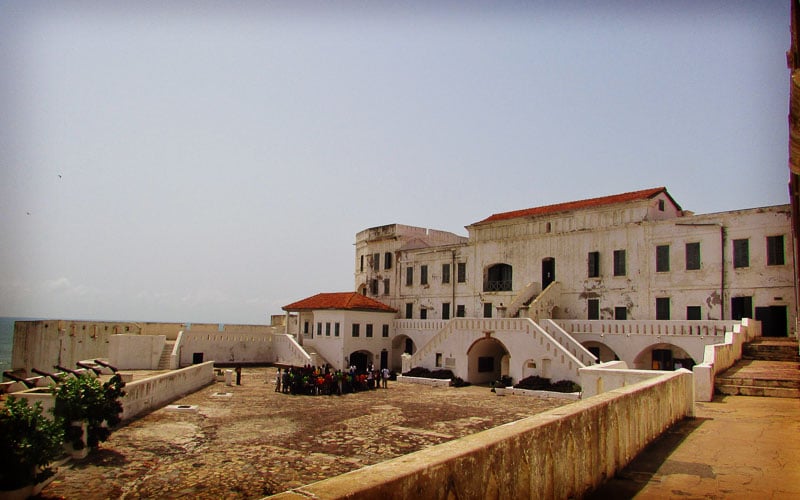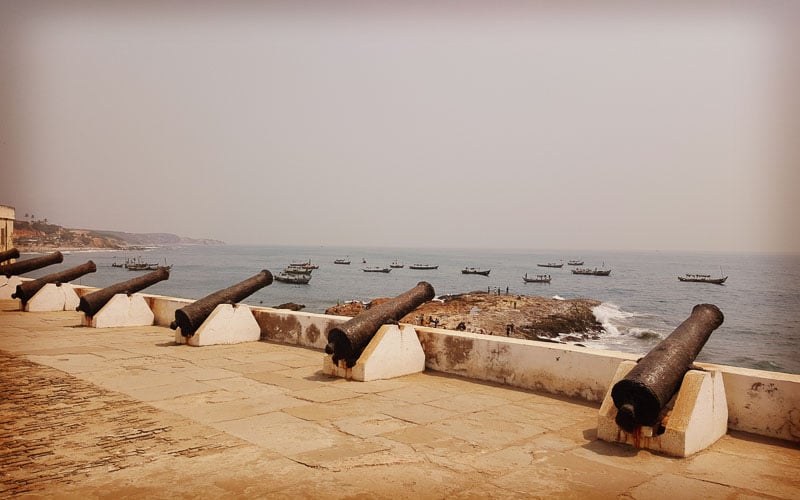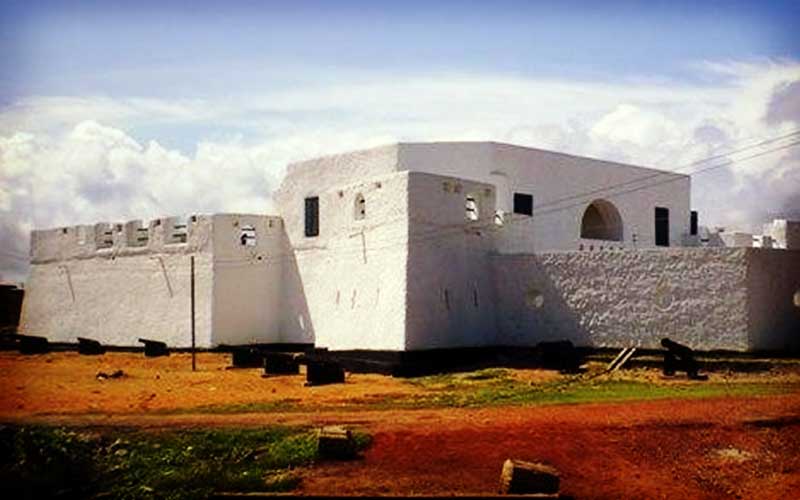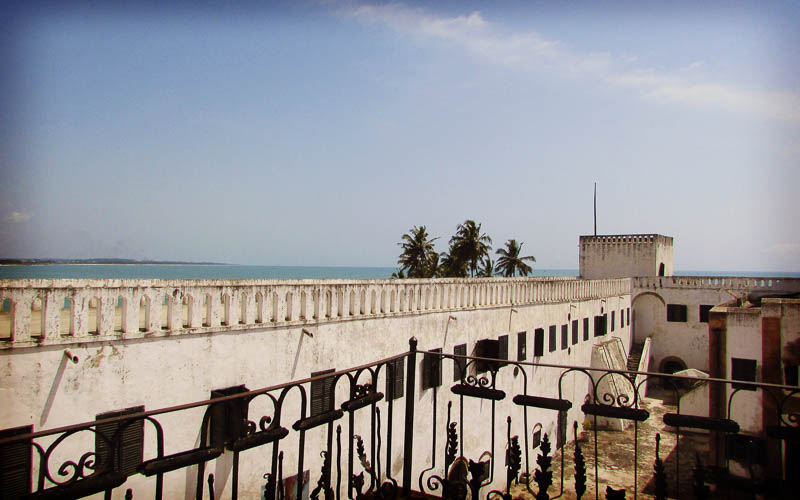Depending on how long you’re staying in Ghana, and how much free time you have for sightseeing, you may not have the chance to take in all of Ghana’s world heritage sites - read our shortlist of the top five heritage spots to visit so you can narrow down your choice and experience the best of bygone times.
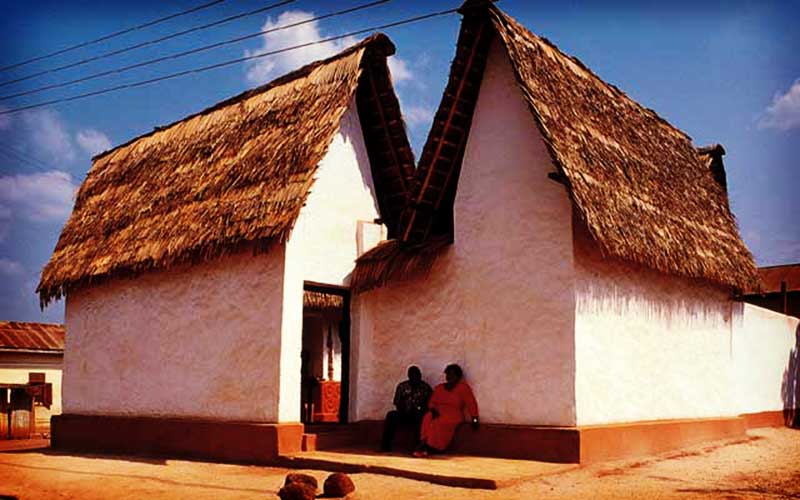
Asante Traditional Buildings
The renowned Asante civilization, which was based around Kumasi, dated back to the 1600s and peaked in the 18th century. Known for their unique architectural style, the Asante created buildings of wood, straw and earth, rich in color and bearing interesting features and designs.
To the north-east of Kumasi is the Asante world heritage site, where you can admire the last remaining colorful, decorative and skilfully constructed buildings of the era.
Carved with motifs and symbols that reflected the people’s beliefs and customs of the time, the buildings here were constructed from mud plaster, timber and bamboo, arranged in a courtyard design. The ten shrines to be found here are particularly beautiful and well worth seeing.
Cape Coast Castle
Dating back to the mid-1600s, Cape Coast Castle was built by the Swedish and the Dutch, who - like many European peoples, had been attracted to Ghana for its gold and other trading opportunities. The castle was originally used as a marketplace, where gold, mahogany and other local items would be traded.
The slave trade was taking off at this time and Cape Coast quickly became one of the main trading posts for slaves. Dungeons were added to the castle to house up to 1,000 slaves at any one time, and these poignant chambers can be visited today.
In 1807, the slave trade was banned and the castle became an education center. Now, the fortress houses a historical museum and arts and crafts gift shop open to the public from 9am until 4.30pm every day.
St George’s d’Elmina
Another poignant reminder of the past, St George’s d’Elmina is an important castle situated on the southern tip of Ghana’s coastline.
Along with Cape Coast, St George’s d’Elmina - or Elmina Castle, as it’s better known - was a major slave trading post in history. Erected in 1482 by the Portuguese, the castle was originally used for the trade of goods and gold, but quickly became a hub for the transatlantic slave trade.
To learn more about the heritage of the castle and the surrounding area, take a tour with a knowledgeable guide, who will explain more about where the slaves came from, how they lived in the dungeons and the terrifying moment they passed through the ‘door of no return’ to be lowered on to the waiting slaving ships below.
St Jago Fort
Not far from Elmina Castle is the fort of St Jago, a large whitewashed building established by the Dutch in the 1600s. Also known as Fort Coenraadsburg, St Jago sits on the site of a former Portuguese chapel of the same name.
The fort is thought to be the oldest example of purely military architecture in the country, built to defend St George’s Castle. In the years of peace that followed, the fort was used as a prison, disciplinary center and rest house.
You can pay a visit to explore the historical building cheaply between 9am and 4.30pm to learn more about Ghanaian heritage and enjoy panoramic views of the fort’s surroundings.
Fort Apollonia
Built in 1768, Fort Apollonia was erected by the British to ward off Dutch interest in the area, and so-named because it was spotted by an explorer from Portuguese on St Apollonia’s Day.
The fort was designed to protect the area and facilitate trade but when the slave trade was abolished, the fort was no longer important economically. Passing between Dutch and English ownership in the years that followed, the building was reduced to ruins by the English in 1873 but rebuilt in the 1960s by the Ghana Museums and Monuments Board.
Now, the fort houses the Nzema Museum, which provides fascinating insights and information about the local area’s heritage. Clan artefacts, medical exhibits, facts about the local eco-system and varieties of traditional West African drums can all be experienced here.
This is just a small selection of Ghana’s top heritage sites - there are dozens more to visit during a volunteer vacation! Find out more about what Ghana has to offer by downloading our country guide today.

